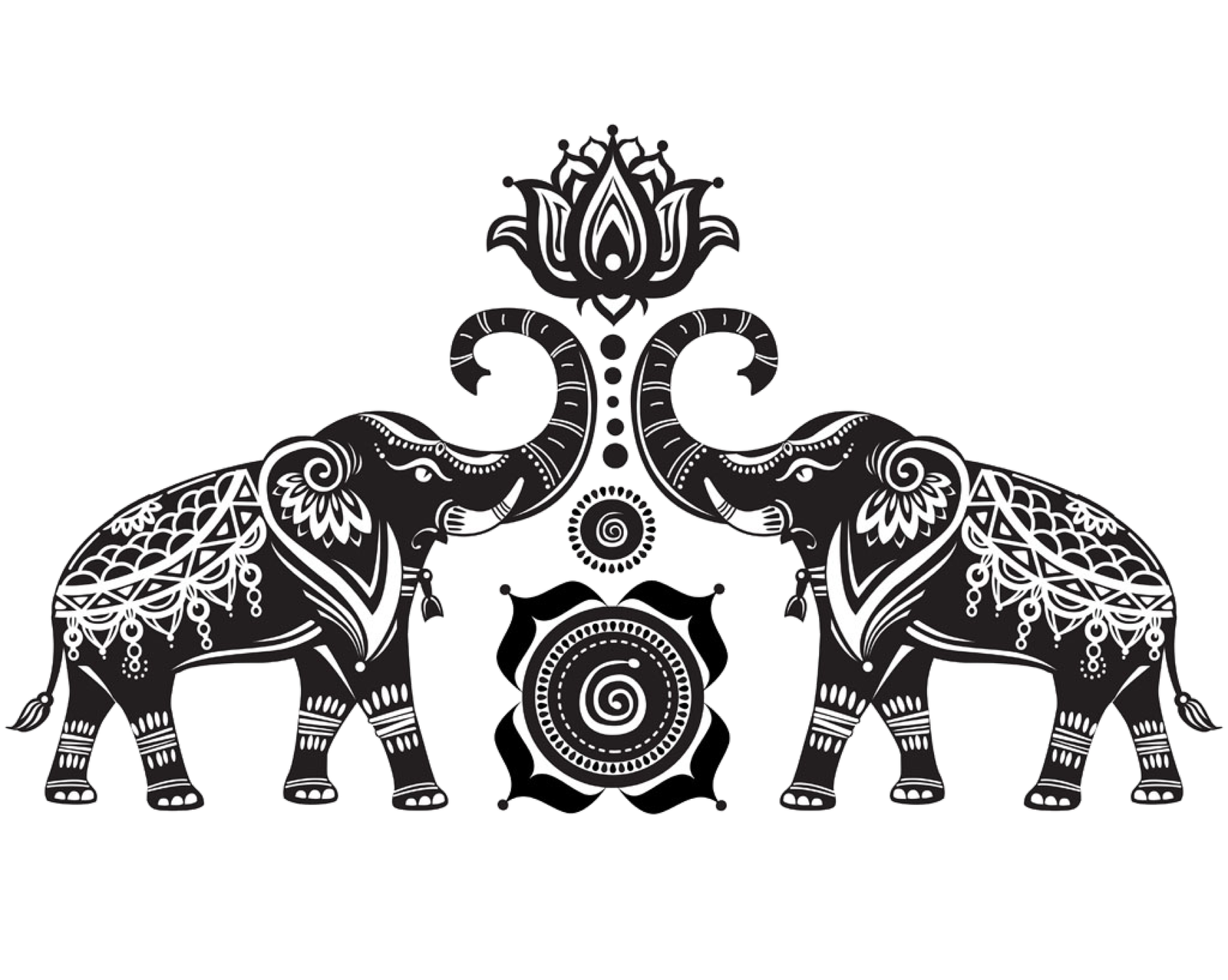Romankue binding from Clairvaux (médathèque du Grand Troyes, MS. 35, Ca. 1141–1200), covered with a chemical with hair on sample EL53.
An international team of archaeologists, bio -information experts and historians found that many medieval books were bound using seal skin. In paper Published in the journal Royal Society Open ScienceThe group describes their biocodicological analysis of medieval books.
Pre -research has shown that most of the medieval books were made in European Abbie and monks used parchment made from animal skin for pages. Such books were usually covered using leather, wood or some type of cord. Additionally, some books were given a second cover called Kamis to better protect the book against elements.
Till now, it was believed that most chemicals were made using local animal skins, such as deer or boar. In this new attempt, the research team has found that many were actually created using seals.
To learn more about Kimis Construction, researchers started with 19 books held at the Library of Clarvox Abe in France. All were built between 1140 and 1275 years. The test was initially done using mass spectrometry. Followed tests include conducting ancient DNA analysis of the materials used to create chemicals.
The research team found that all the books he tested had a chemical made of sealskin. The team then studied an additional 13 books from Abbies from 1150 to 1250 in France, England and Belgium and found that they were also tied in Sealskin.

A primary hair, flat on the base. MS 31 (médithèque du Grand Troyes). Credit: Royal Society Open Science (2025). Doi: 10.1098/Rsos.241090
Researchers mentioned that seal species are different, from veena to bearded varieties. They were also capable of detecting the origin of seal from the coast of Scandinavia, Greenland, Scotland, Iceland and Denmark.
The research team showed that all books were made by monks working in Abbi located with the 13th-century trading routes-and also with Nordic Trading routes. Differently -altitude seals see different tastes in separate ibbis seals, which are mostly based on colors.

Beard seal (wikiComones (A); Harbor seal in Greenland, © Morten legs Olsen (B); Young Harp Seal Skin, © Morten legs Olsen (C)). Credit: Royal Society Open Science (2025). Doi: 10.1098/Rsos.241090
They suggest that monks began using sealskin when it was found to be more water resistant than the skin from land-based animals. He also said that it was not clear that monks also knew what kind of animals they were using – there was no word for sealing in their language at that time.
More information:
Élodie lévêque et al, hidden in plain vision: Biomolecular Identification of Pinped Uses in Medieval Manuscripts, Royal Society Open Science (2025). Doi: 10.1098/Rsos.241090
© 2025 Science X Network
Citation: Analysis of medieval books shows that many people were tied with Sealskin (2025, 10 April).
This document is subject to copyright. In addition to any impartial behavior for the purpose of private studies or research, no part can be re -introduced without written permission. The content is provided for information purposes only.
(Tagstotransite) Science (T) Physics News (T) Science News (T) Technology News (T) Physics (T) Material (T) Nanotech (T) Technology (T) Science



